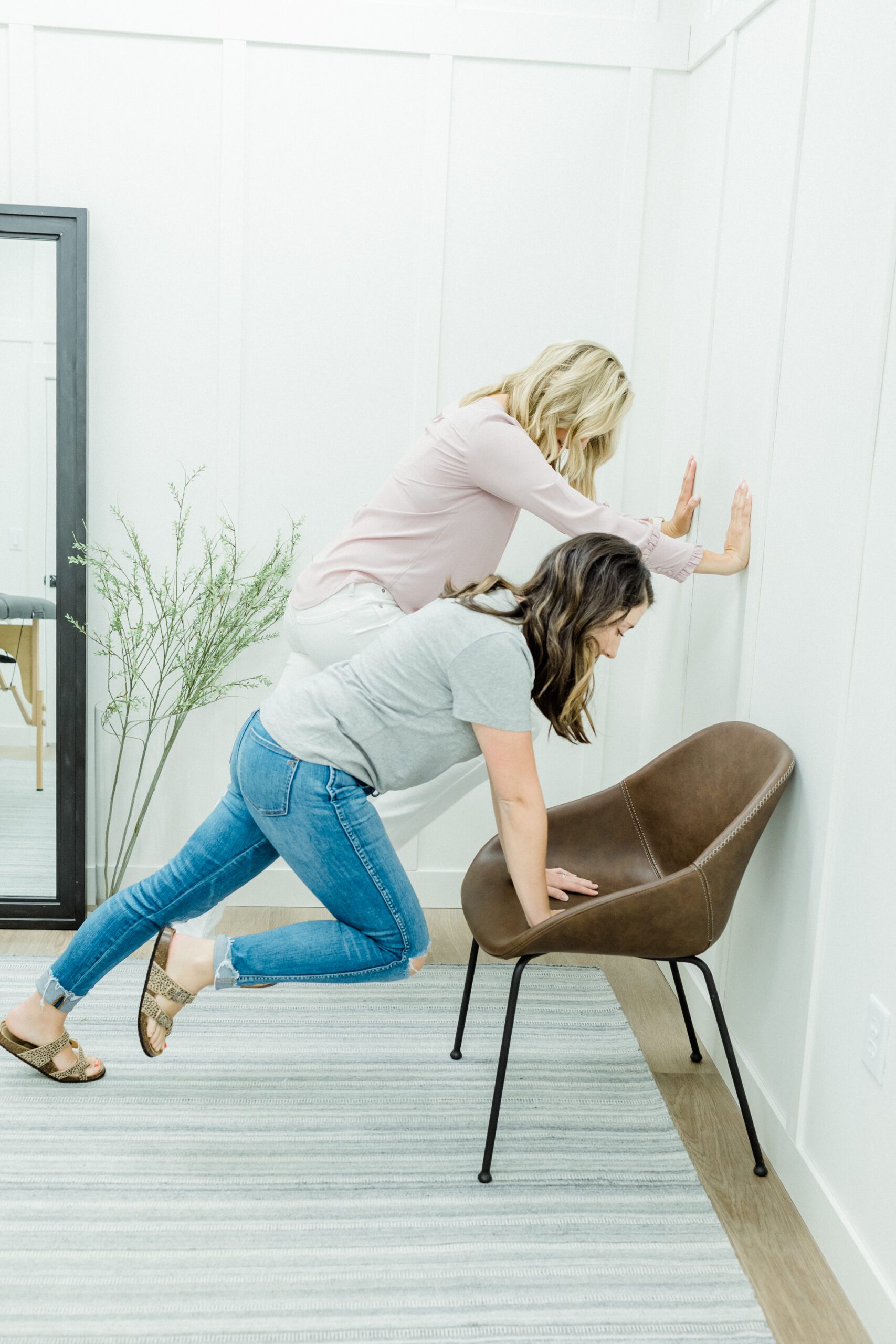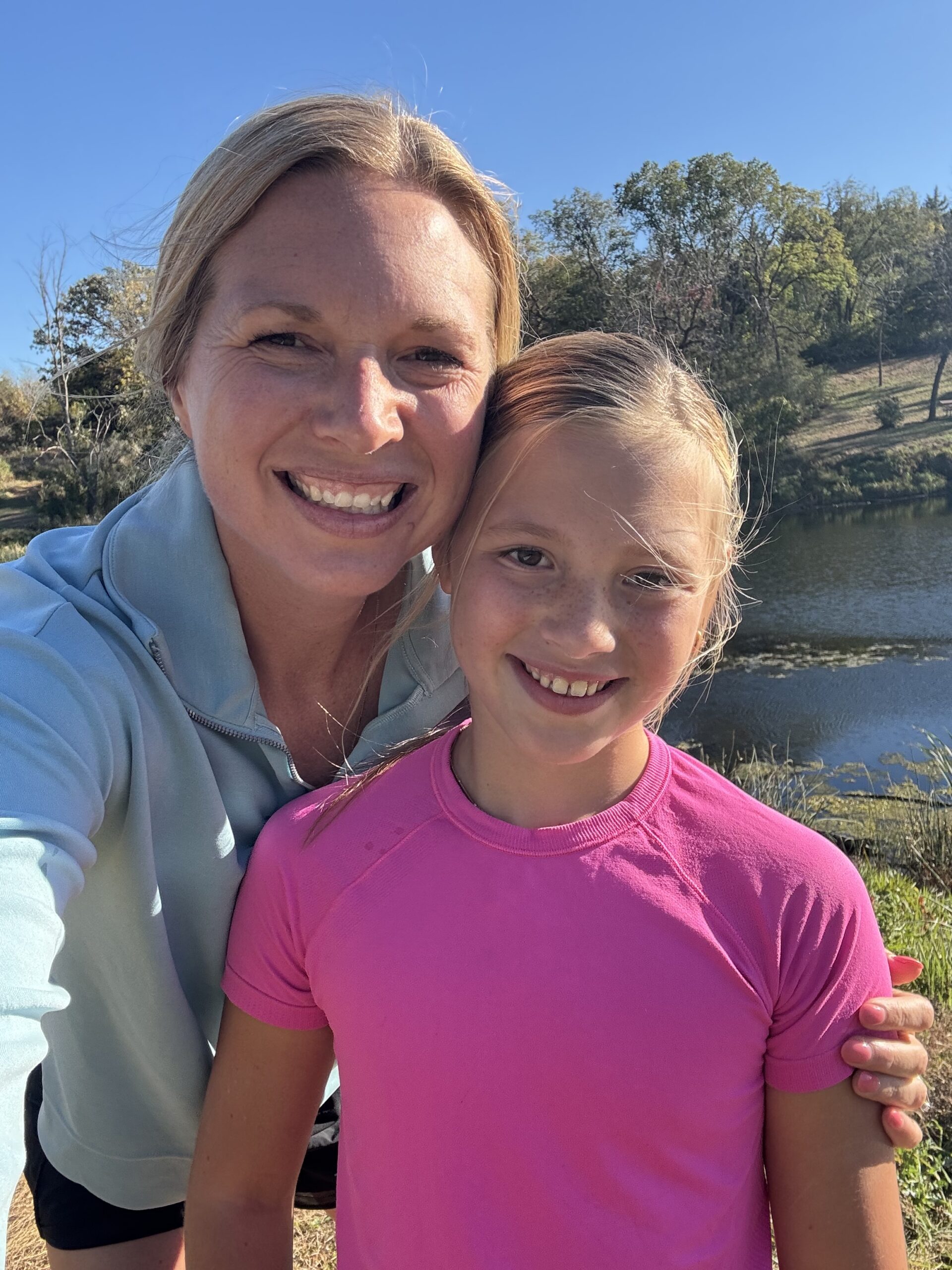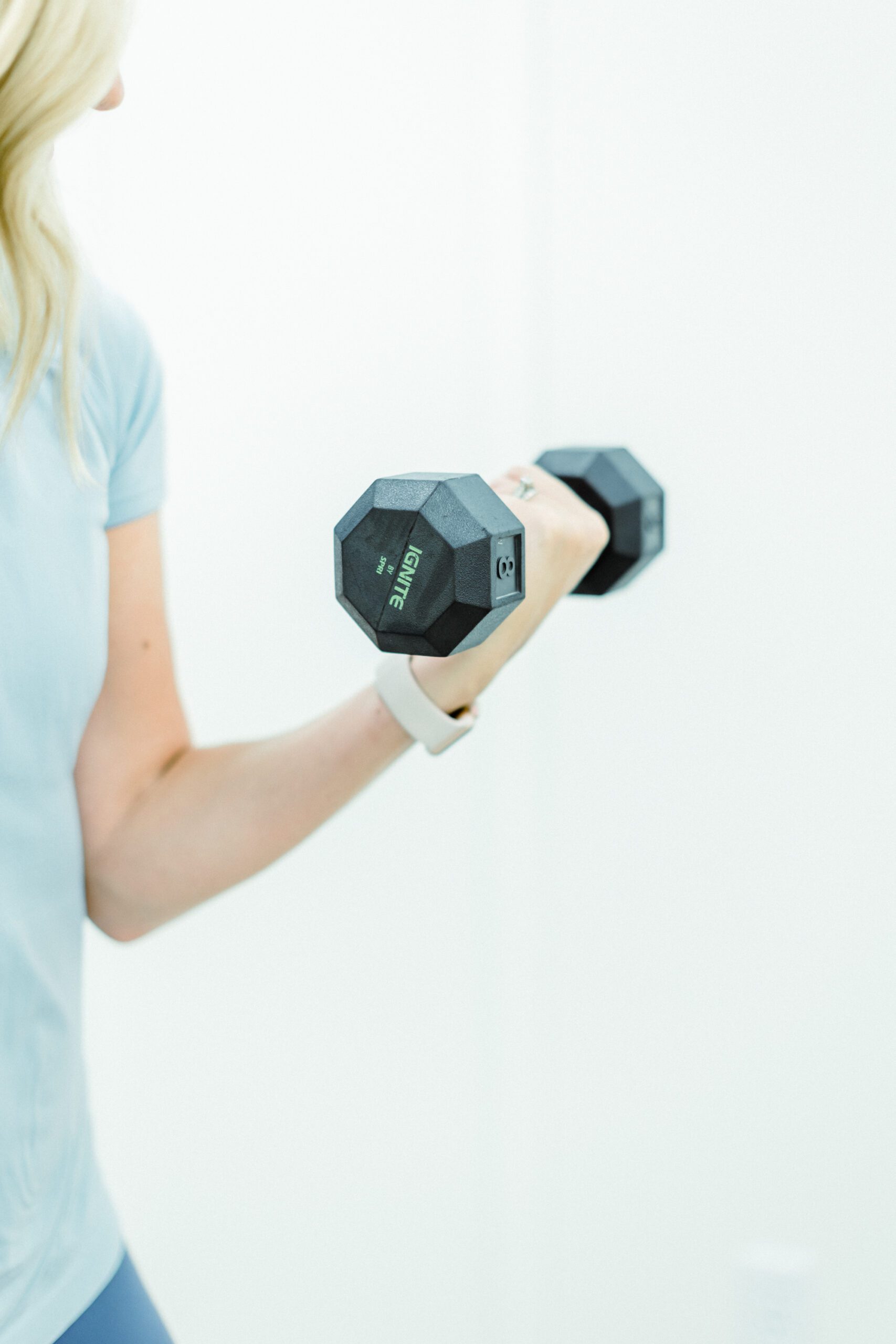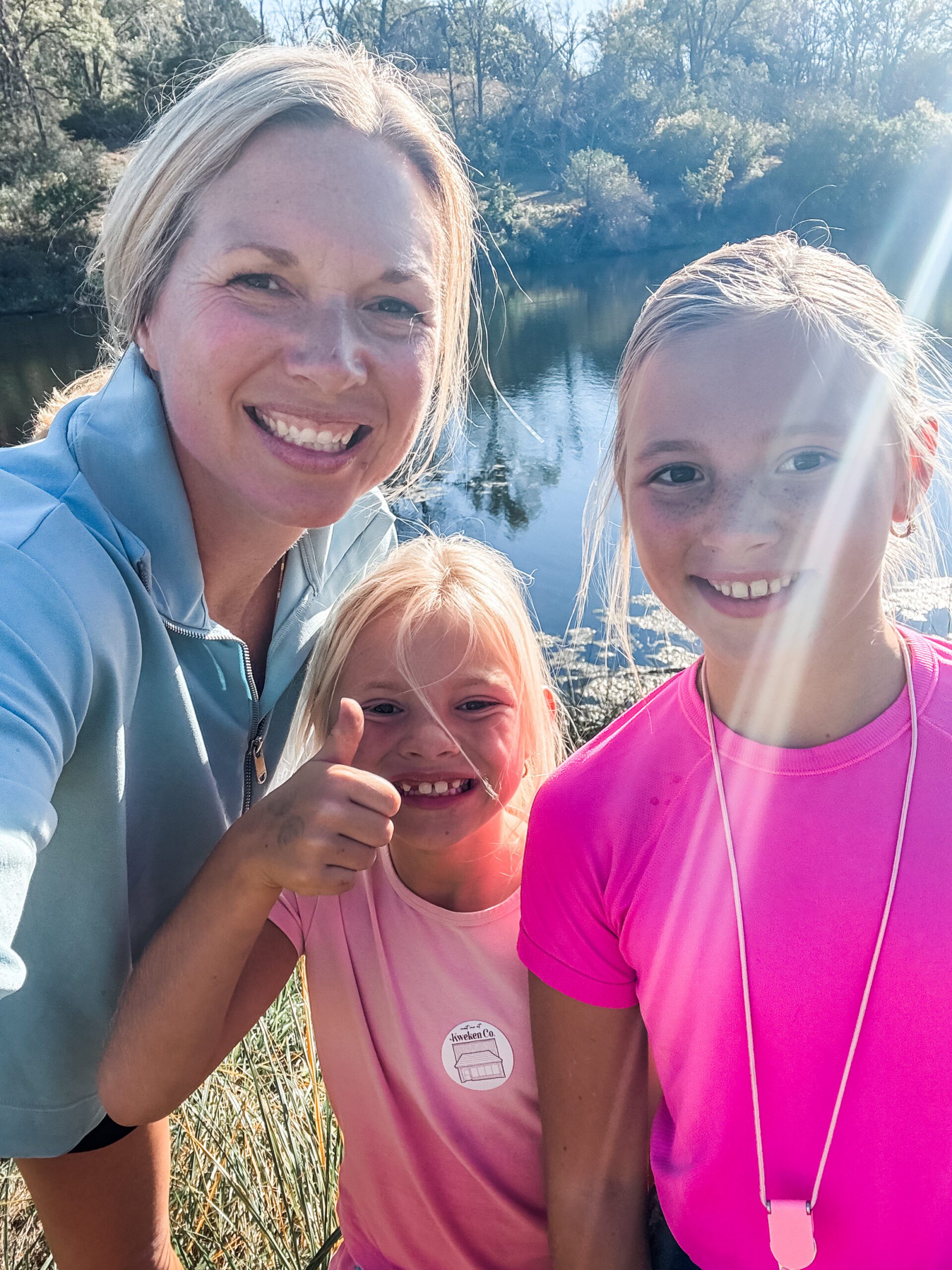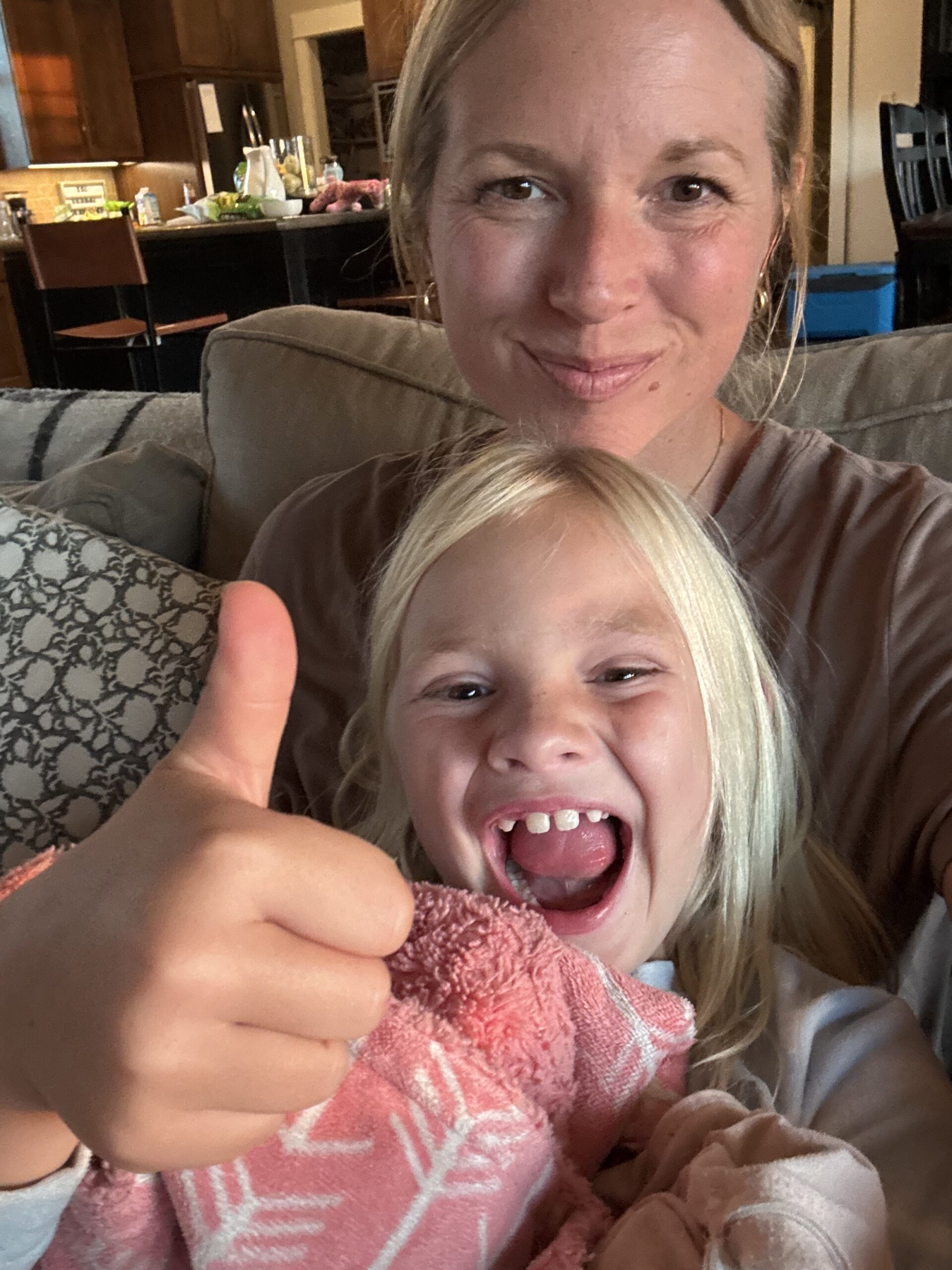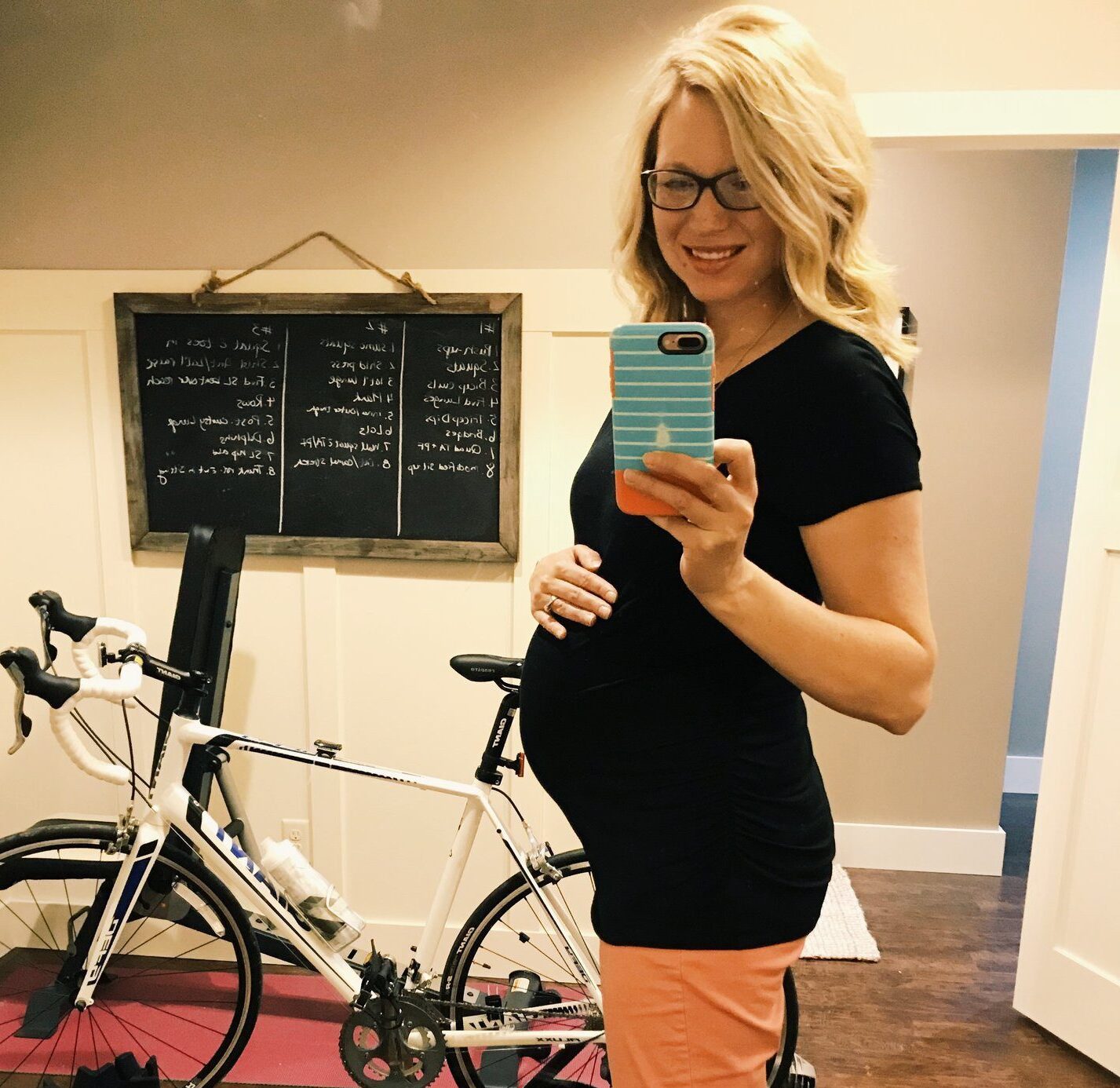I’ve not met a single person who gets excited about modifying an exercise or a workout. Some are more willing than others, some people don’t necessarily mind, but no one is jumping up and down for modifications. More often than not, we feel a little shame over modifying. Modifying is the last resort when we absolutely can’t do an exercise, and even then, we’ll try to muscle through it, at the risk of injury!
Recently, I had a patient tell me that she still couldn’t plank without prolapse symptoms, and she didn’t want to move on to any new exercises until she could do the plank. I asked her if she had considered modifying the plank, and she said no. Unfortunately, it’s going to be a lot harder to get to that full plank without symptoms if she never modifies it in the first place. This is why so many of us stay stuck in our ability (or lack thereof) to exercise – because we’re unwilling to modify, and yet we (probably) know that the exercise we’re trying to do is way too challenging for where we’re at.
Modifying is actually the secret key to unlocking our potential and getting us to that next level – without injury. Let’s take a plank, for example. For this patient, when she gets into a full plank position (on forearms or hands), she immediately feels symptoms (pressure/heaviness) in her pelvic floor. She only sticks with it for a few seconds and drops out. If she did that every day, would she make gains? Maybe, but maybe not. She might gain a few seconds after some time, but it’s going to be slow progress b/c her body immediately reacts to this position, and ultimately she is probably going to feel like a failure and just quit planking altogether.
But what happens when we put her in a modified plank position? For example, if we have her do the same exact plank from an elevated position, it will make it easier for her core to engage as it’s supposed to and help decrease pressure on her pelvic floor. The more elevated she is, the easier it will be. She could do a modified plank on a step, a chair, a table, or even the wall. The position her body holds is exactly the same as the original plank, but the more elevated she is, the easier it will be (and please don’t do knee planks for a modification – they do not translate over to a full plank in the same way!).
Somewhere in there, we should find a modified position that doesn’t cause any symptoms. I’d love to see her hold it for at least 20-30 seconds without symptoms and set herself up for success, where she feels like she actually accomplished something (the brain is powerful and giving it a WIN has such a positive impact on how we FEEL about the exercise, as long as we don’t feel shame over modifying). I’d have her keep this win for a week and just work at increasing how long she can hold the plank.
If she can get to 30-60 seconds without symptoms, I’d now challenge her to move to the next lower position, and then we’d repeat the process. As long as we don’t jump down too far, we should be able to create a win at most levels, even if it’s starting with a 10-second hold before she feels symptoms. And while it IS good to challenge ourselves and there is absolutely a place for doing hard things, when we are rehabbing, for the most part, I’m going to set my patients up for success while still challenging them. The more they feel empowered and confident in their own capabilities (especially in the beginning), the more gains we will see. If they constantly feel frustrated and like they’re failing or can’t get it, they’re going to want to give up and quit.
After we’ve practiced the plank and progressed slowly to lower levels, this patient will be ready to do a full plank symptom-free. What was initially so frustrating to her has now empowered her and shown her how capable she is of growth, change, and progress.
The modification, once seen as shameful, actually created a safe pathway for her to do what she thought she might never be able to do.
Modifications aren’t shameful. They are a super effective tool that allows ANYONE to move and get stronger, regardless of your starting point. This important concept is not only one I use in PT every day, but it’s also the backbone of my fitness membership, Refine Fitness. So many women don’t know where to start when it comes to exercise, “getting back in shape,” or moving safely prenatally or postpartum. And many fitness programs include only 1 modifier, who is often still doing something too difficult for most women at a beginner level! But in my fitness program, I show you at least 3-4 modifications for EVERY single move, so that you can find a safe and effective way to move, regardless of where you’re at physically.
Movement is so powerful. Movement is healing. And not only does movement and strength training help us function well in our day-to-day lives, but it also prevents common effects of aging AND is an incredible tool for our mental/emotional health, which is why I believe everyone deserves to move in a way that works for them. If you’d like to begin your fitness journey in a shame-free zone where modifications are ENCOURAGED, I’d love to work with you! You can find more info on Refine Fitness here!
